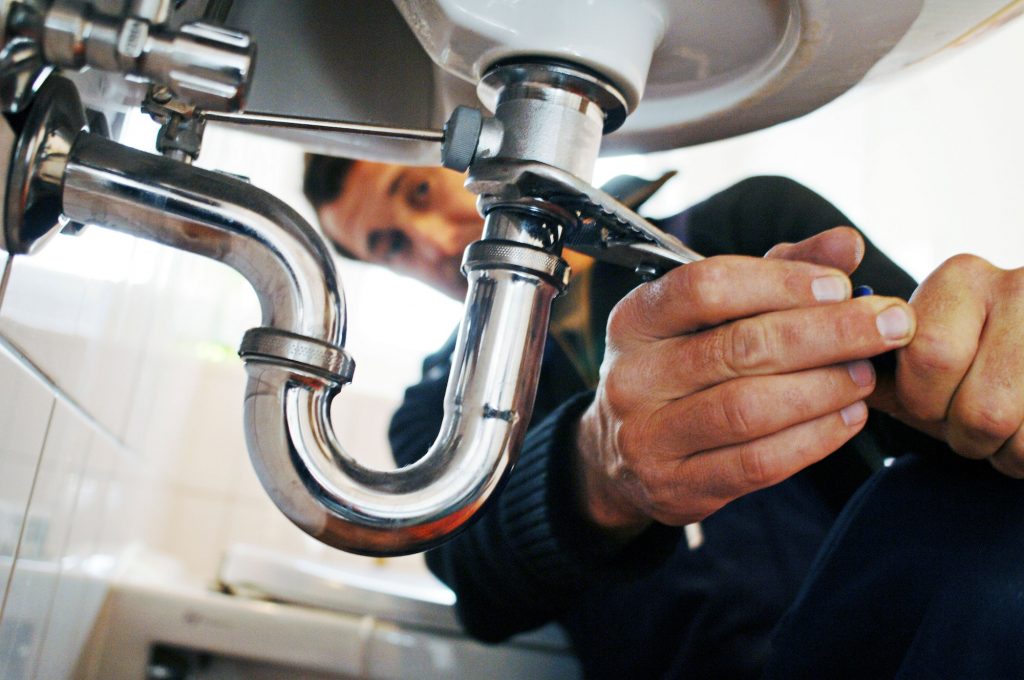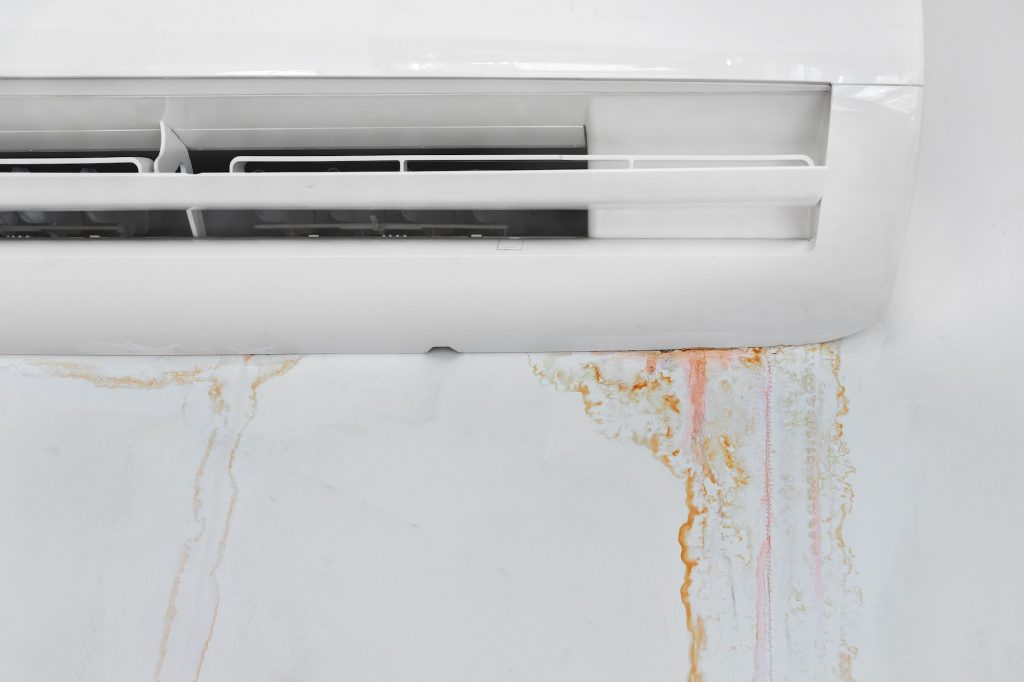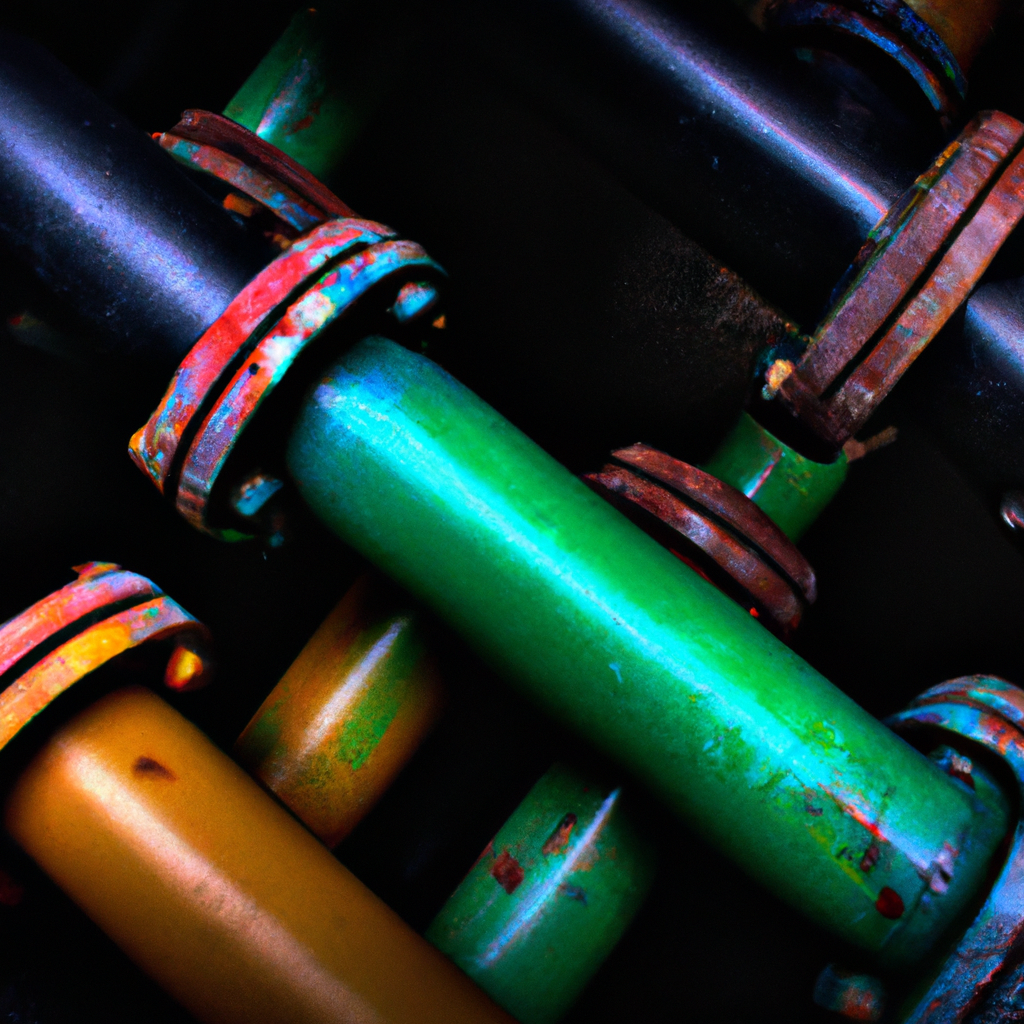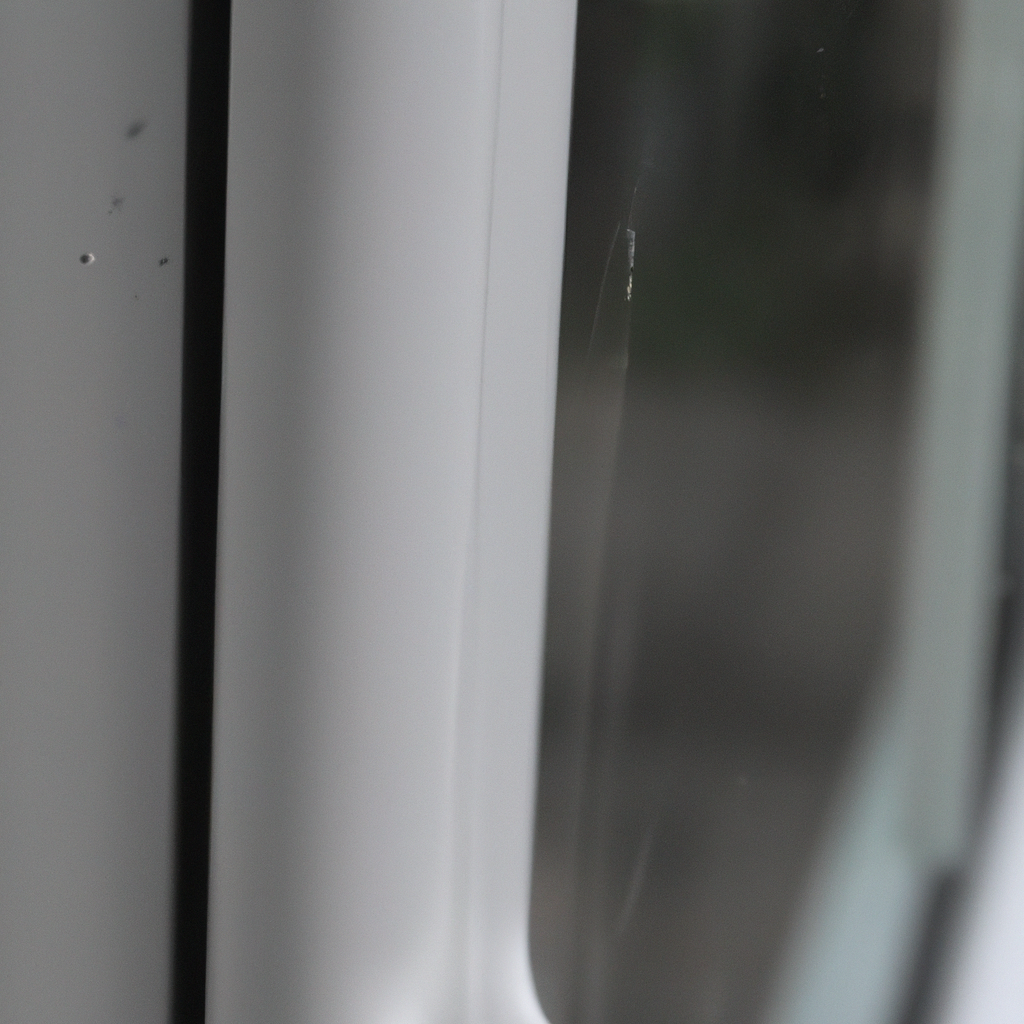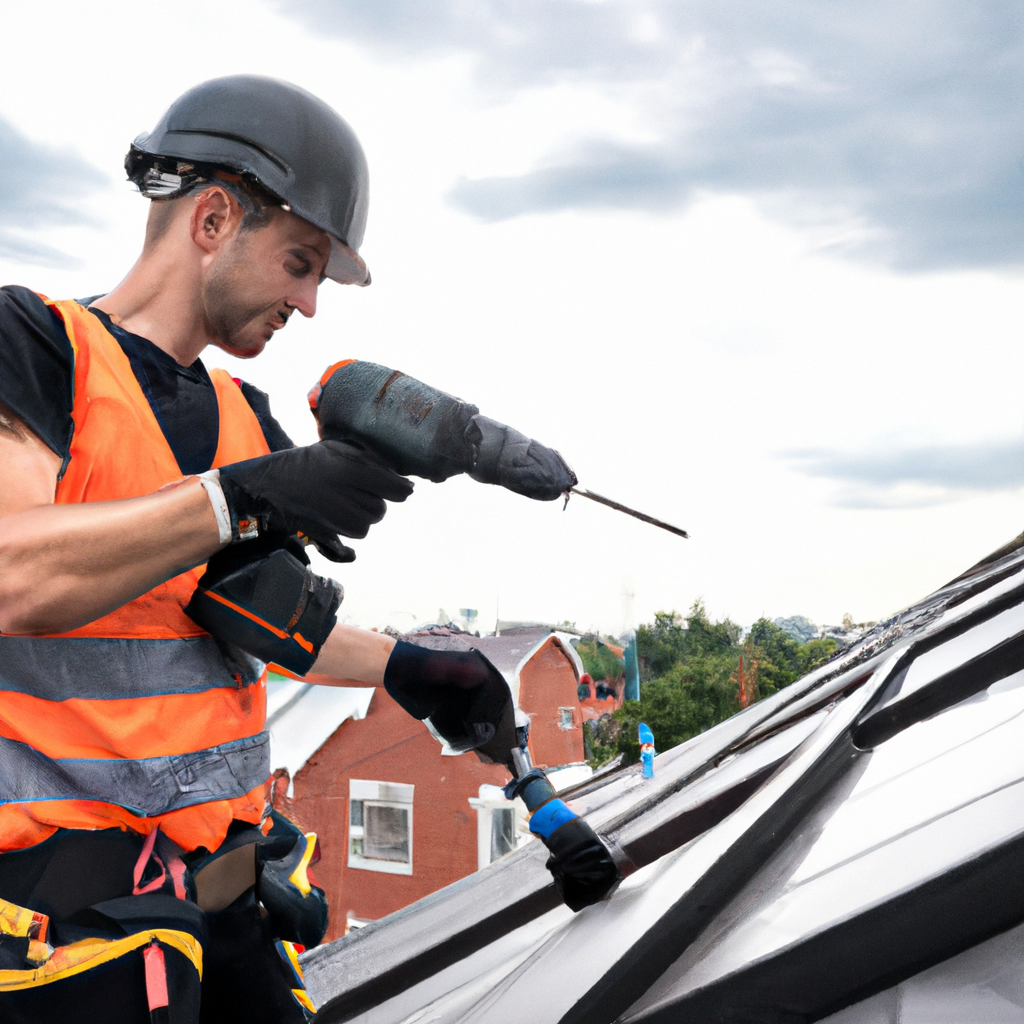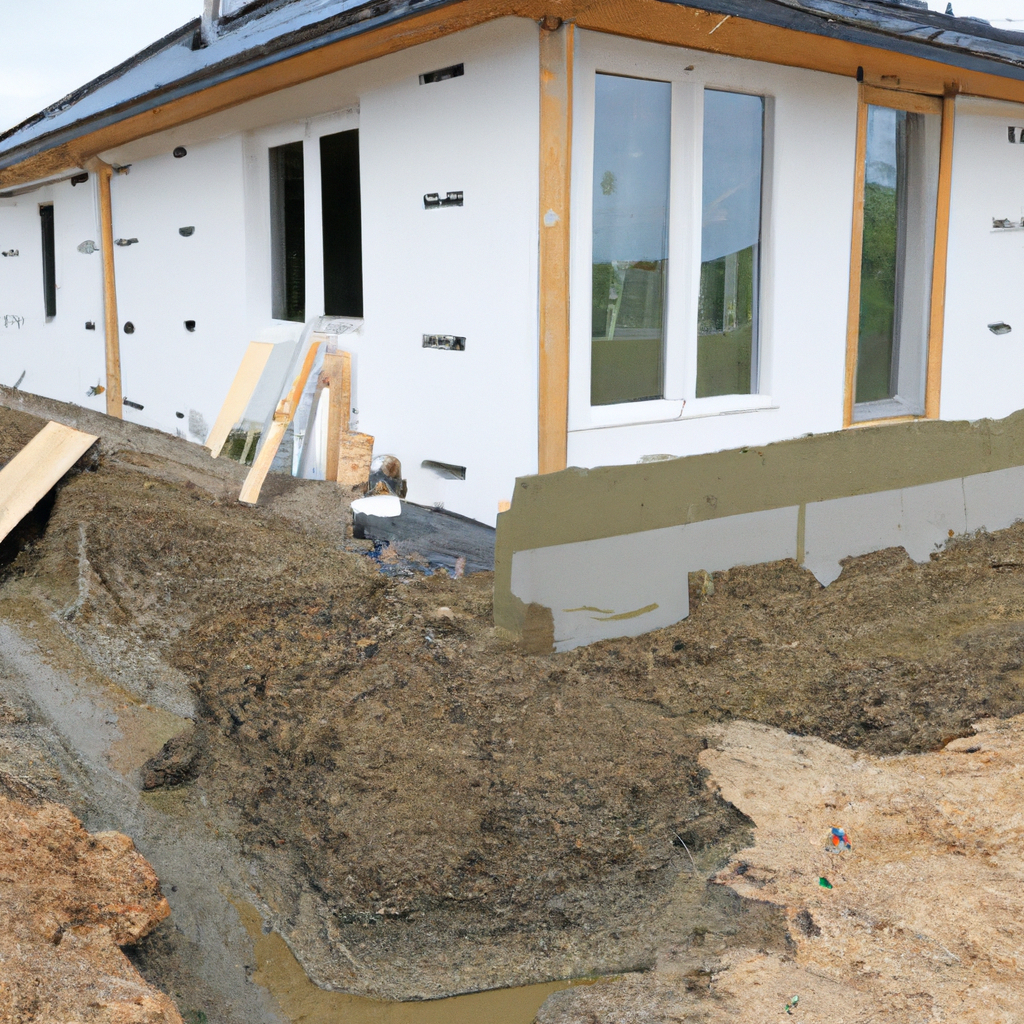Welcome to our comprehensive guide on sewer repairs and the surprising impact of tree roots on your plumbing system. As homeowners, we often overlook the potential problems that can arise from our beautiful trees. While they provide shade, beauty, and clean air, they can also wreak havoc on our sewer lines. In this article, we will delve into the details of how tree roots infiltrate sewer pipes, the signs of a root-infested sewer line, and the best methods for repairing and preventing these issues.
Understanding the Problem: How Tree Roots Invade Sewer Pipes
When it comes to the impact of tree roots on your plumbing, it’s important to understand how and why they invade sewer pipes. Tree roots are naturally drawn to sources of water and nutrients, and unfortunately, your sewer pipes provide the perfect environment. The pipes contain moisture, warmth, and organic matter, all of which are attractive to thirsty tree roots.
Tree roots can infiltrate sewer pipes through small cracks or joints. They start by exploring the surrounding soil and eventually find their way into the pipes through these openings. Once inside, they continue to grow and expand, causing serious damage to the pipes and obstructing the flow of wastewater.
Signs of a Root-Infested Sewer Line
Detecting a root-infested sewer line early on is crucial to prevent further damage and costly repairs. Here are some common signs that indicate your sewer line may be under attack from tree roots:
- Slow Draining: If you notice that your sinks, toilets, or bathtubs are draining slower than usual, it could be a sign of root intrusion. The roots can create blockages or restrict the flow of wastewater, leading to slow drainage.
- Gurgling Noises: Unusual gurgling sounds coming from your drains or toilets may indicate that tree roots have infiltrated your sewer line. As the roots grow and obstruct the flow, air bubbles can form, resulting in these noises.
- Foul Odors: If you detect unpleasant odors coming from your drains or yard, it could be a sign of a root-infested sewer line. When roots penetrate the pipes, they can cause leaks, leading to the release of foul-smelling sewage.
- Sewage Backups: One of the most alarming signs of a root-infested sewer line is sewage backups. If wastewater starts flooding your sinks, toilets, or bathtubs, it’s a clear indication that there is a major blockage in your sewer pipes.
Repairing a Root-Infested Sewer Line
When it comes to repairing a root-infested sewer line, there are several effective methods available. The choice of method depends on the severity of the damage and the accessibility of the pipes. Let’s explore some of the most common repair options:
1. Hydro Jetting
Hydro jetting is a powerful method that utilizes high-pressure water to clear blockages and remove tree roots from sewer pipes. A specialized nozzle is inserted into the pipes, and water is blasted at high pressure, cutting through the roots and flushing away debris. This method is effective in restoring the flow and preventing further root intrusion.
2. Chemical Root Killers
Chemical root killers can be used to eliminate existing tree roots and prevent future growth. These products contain herbicides that are poured into the toilet or drain, reaching the sewer pipes and killing the roots. While this method can provide temporary relief, it is important to note that it does not address the underlying cause of the root intrusion.
3. Trenchless Pipe Lining
Trenchless pipe lining is a modern and minimally invasive method for repairing root-infested sewer lines. It involves inserting a flexible liner coated with resin into the damaged pipe. The liner is then inflated, allowing the resin to adhere to the inner walls of the pipe. Once cured, the liner creates a new, seamless pipe within the old one, effectively sealing off any cracks or openings that may have allowed root intrusion.
4. Traditional Excavation
In severe cases of root intrusion or extensive pipe damage, traditional excavation may be necessary. This method involves digging up the affected area to access and replace the damaged sewer pipe. While it may be more disruptive and time-consuming, it allows for a complete replacement of the damaged pipe, ensuring long-term durability.
Preventing Future Root Intrusion
While repairing a root-infested sewer line is essential, taking preventive measures can save you from future headaches and expenses. Here are some tips to help prevent tree roots from infiltrating your plumbing:
- Strategic Tree Placement: When planting new trees, consider their proximity to sewer lines. Avoid planting trees with aggressive root systems near your plumbing infrastructure.
- Regular Maintenance: Regularly inspect and maintain your sewer pipes. Professional sewer inspections can help detect early signs of root intrusion or other issues, allowing for timely repairs.
- Root Barriers: Installing physical or chemical root barriers around your sewer pipes can help deter tree roots from reaching them. These barriers create a barrier that roots cannot penetrate, protecting your plumbing system.
- Proper Tree Care: Properly maintaining your trees can minimize the risk of root intrusion. Regularly prune the roots and branches, and ensure adequate watering to prevent roots from seeking alternative water sources.
Conclusion
In conclusion, the impact of tree roots on your plumbing system is a significant concern that should not be underestimated. Understanding how tree roots invade sewer pipes, being aware of the signs of a root-infested sewer line, and implementing effective repair and prevention methods are key to maintaining a healthy plumbing system. By prioritizing regular maintenance, early detection, and taking preventive measures, you can protect your home from the surprising consequences of tree root intrusion. Remember, a well-maintained plumbing system is the foundation of a happy and stress-free home.

